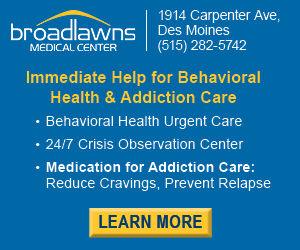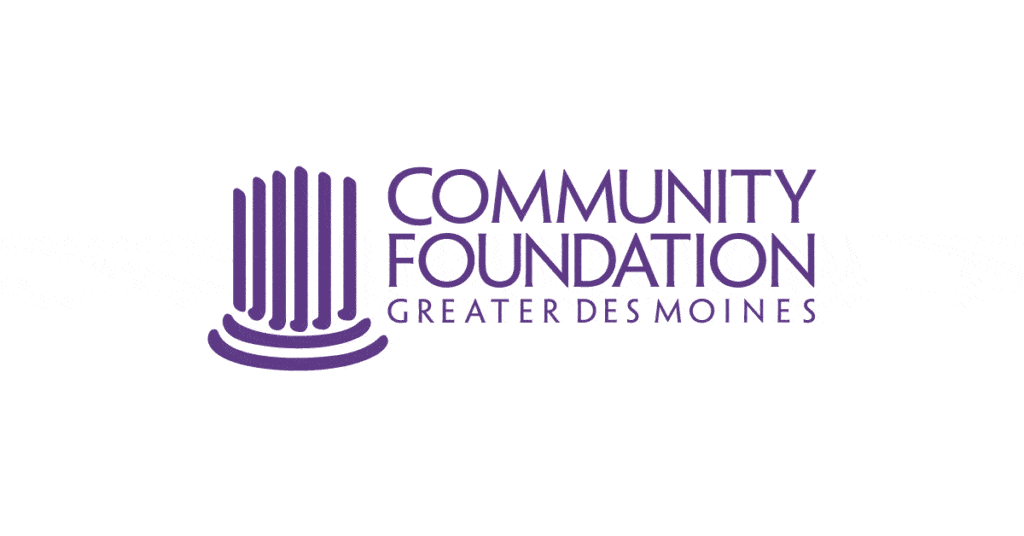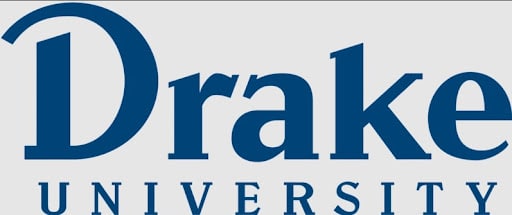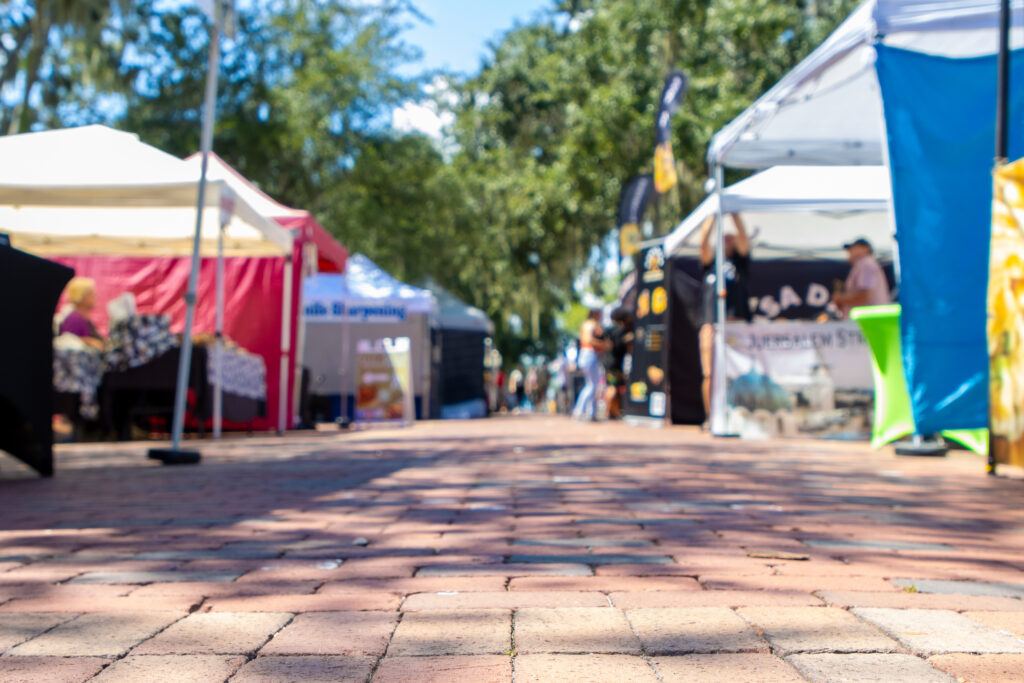Transportation a challenge for nearly all responding to needs survey

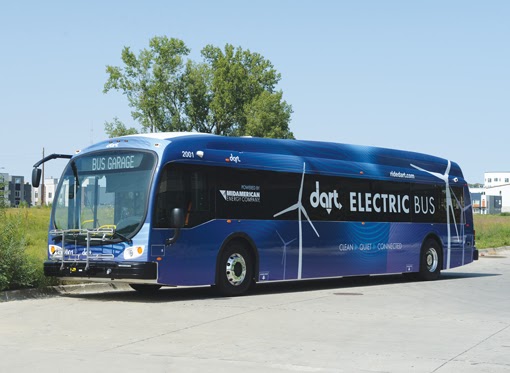
Ninety-six percent of people surveyed as part of an analysis of transportation needs in Central Iowa responded that transportation is a challenge for them.

“We really just wanted to figure out what are the needs in our community around transportation, what’s out there, and then have action going forward,” Lynch said.
The survey, which was nearly complete last spring, was paused as the coronavirus began to spread, but has since resumed. It was commissioned by DART, the Des Moines Metropolitan Planning Organization, the Community Foundation of Greater Des Moines, United Way of Central Iowa, Greater Des Moines Partnership, Capital Crossroads and Mid-Iowa Health Foundation.
Lynch said the first two phases of the project included interviews with service providers and nonprofits to see what services are available. Phase 3 included gathering input from transportation users to determine where gaps are, who needs transportation, and what needs exist.
There were four group discussions with 20 participants and in-depth interviews with 20 additional participants. Participants included single moms, individuals with physical or mental disabilities, refugees, senior citizens, students and those who are returning to society after being released from prison.
The project also included an online and telephone study, with more than 1,200 people responding.
The process included individuals in the United Way’s ALICE population. ALICE stands for asset limited, income constrained, employed.
“At United Way we focus a lot on this population,” Lynch said. “These are folks who are making under 250% of the poverty level, so for a family of four that’s about $65,500. That’s where we know folks need to be in order to start to put money away and to be financially self-sufficient.”
According to survey results, 56% of those responding indicated that transportation was a challenge multiple times a week or daily.
Inconvenience and cost were the top barriers to transportation in Central Iowa, the survey showed.
Fifty-three percent said transportation is inconvenient, while 42% indicated it is too expensive. Other barriers cited by participants were reliability, confusion and safety.
DART was cited by 50% of those responding to the survey as their most common form of transportation. Taking a taxi or a ride service, such as Uber or Lyft, was second, followed by riding a bike. Other methods of transportation cited in the survey included but were not limited to asking someone for a ride, borrowing someone’s car, or car-pooling.
Potential solutions to transportation barriers cited in the survey included quick and easy on-demand scheduling, owning a vehicle and the development of light rail service. Making DART cost-free was also listed as a potential solution by those responding to the survey.
Other possible solutions that were listed included creating a transportation help-line, making it easier to get a drivers license, and having more child-friendly transportation options.
According to Lynch, an “Idea Lab” was then held, where a group of seven members from different facets of the community held seven listening sessions, with two sessions including those who use transportation services and those who work with those individuals daily.
The seven people who made up that core group included people from the business and arts communities, among others, Lynch said.
“We really wanted to get a wide variety of folks involved in that,” he said.
There were also “design thinking” sessions that engaged 27 community members who discussed 13 different themes that included both public and private solutions. Those ideas were reported to the group of stakeholders who supported the survey.
“They will work through it and see how we can come together as a community, what our priorities and what’s doable,” Lynch said. “We wanted to make sure that this is not something that ends up on a shelf, we want action to come of it, and we’re really hopeful we will do just that.”
DART CEO Elizabeth Presutti said the catalyst behind the study was concerns expressed in the community about barriers to transportation. The information gathered from the survey will help with the community’s long-term transportation planning effort, she said.
“The intent of this study was to really do a deep dive into what the barriers are,” she said. “As you know, if price is an issue, that’s a much different strategy than if the bus doesn’t go where I need it to go. The hope and point of this research was to help inform us on our strategies as we work to try to solve transportation barriers within the community.”

